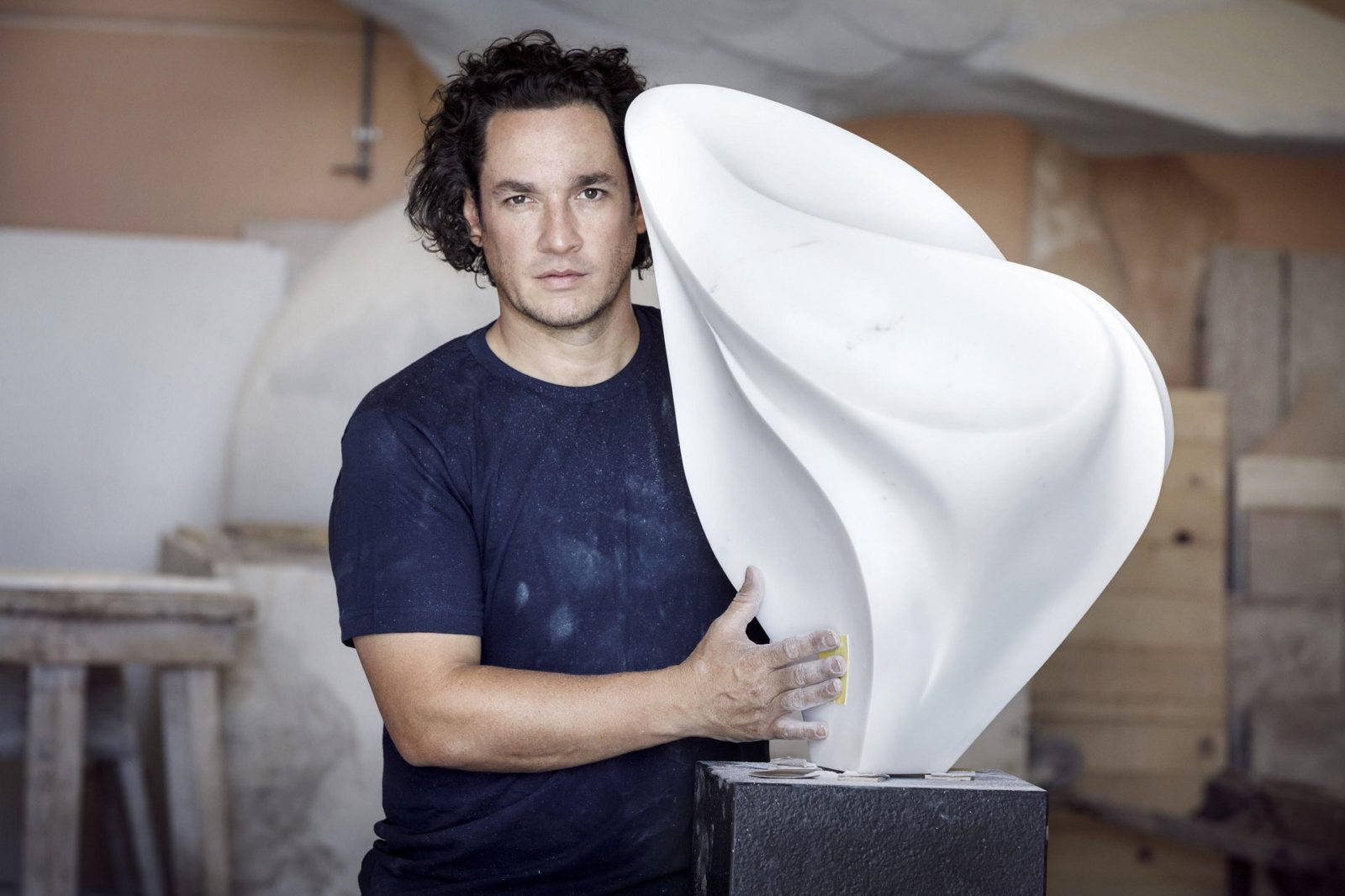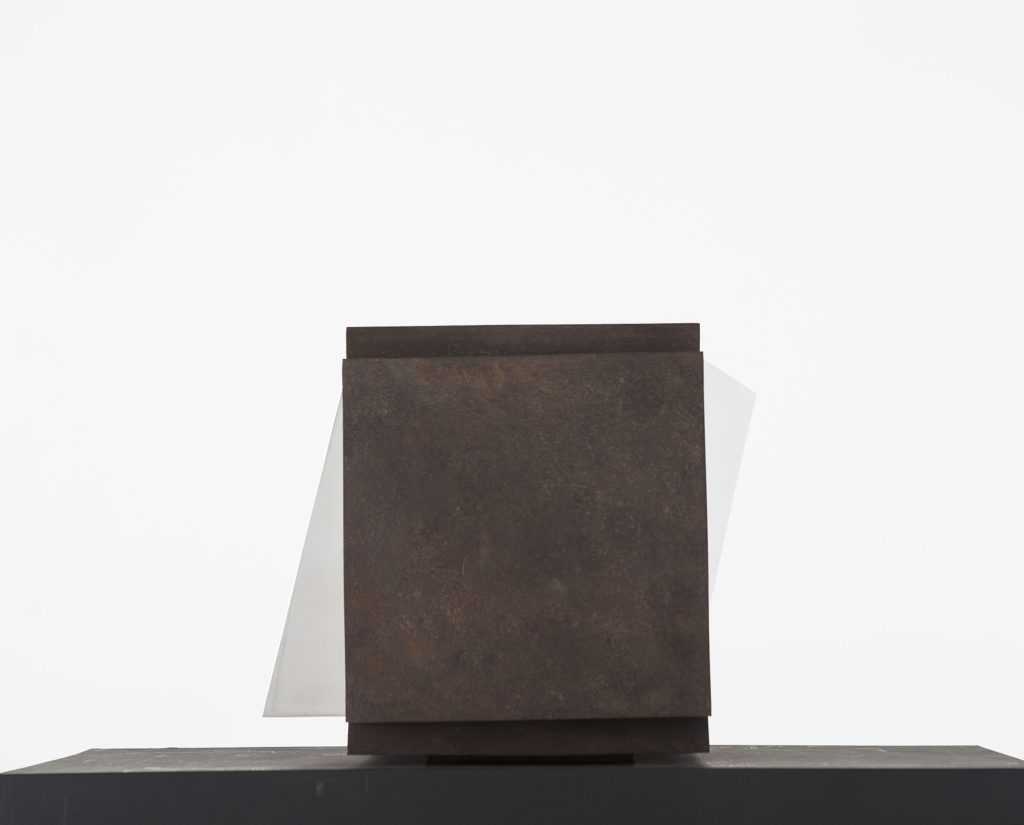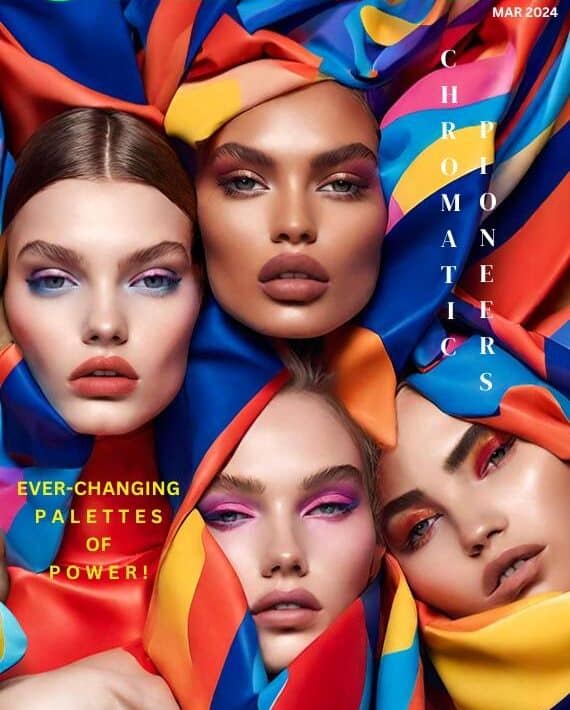Award-Winning Colombian Artist Gustavo Velez Displays Sculptures At Oblong Contemporary Art Gallery

Colombian artist Gustavo Vélez, known for his sculptures which embody a certain creative fluidity will showcase his artworks at the Oblong Contemporary Art Gallery on the Blue Waters Island from 1st October to 1st December 2020. Along with a virtual online exhibition that can be viewed on Oblong website curated by Italian curator Susanna Campolonghi, featuring 15 artworks of Gustavo Velez, from end of October 2020 to the end of January 2021.
One of the most prominent artists from Medellin, Colombia, Gustavo Vélez sculptural process is the result of the figurative artist’s interpretation, abstracted from the reality of our world. Vélez transforms the matter into works that play between the figurative and the conceptual, between forms easily identifiable and others more abstract, full of movement, light, shadow and search of the infinite. Entwining elegant lines, the thin, light sculptures depict Vélez’s particular way of creating tri-dimensional shapes. From every angle, their forms are seamless and lines, dynamic; their shapes change when light changes, giving the spectator an infinite, pleasant possibility of viewing the pieces.
Velez started acquiring knowledge on the arts in his hometown, then moved to Italy and continued his studies in the Lorenzo De Medici academy of Florence, Italy. He developed, experimented, and mastered his techniques of marble carving in his studio in Pietrasanta, Italy.
Gustavo Vélez is well aware of the paths to sculpting when he engages materials in order to shape his works. For the last twenty years, Vélez has been committed to complex abstract forms in different media. His quest for form in matter is akin to the way a poet fashions meaning from the blooming, buzzing confusion of language. Although Vélez works with different materials, he takes special pleasure in sculpting marble. He states, “The medium I most appreciate and the one with which I coexist from day to day is marble. That is why seventeen years ago, I headed to Pietrasanta after completing my training in Florence. I am passionate about sculpting marble, about extracting from it all its values, and attaining from it the transparency and movement that lie within it.”
” Vélez often challenges himself to capture the abstract shape of things whose form is fleeting or hard to fathom; such as Wind (White Carrara marble, 2009), Aire (White Carrara marble, 2013), and Bruma (Carrara marble, 2013). It is the type of challenge that Leonardo da Vinci once engaged in when he reflected upon water, which he called the “vetturale di natura” (the vehicle of nature). With his outstanding powers of observation Leonardo drew the lines of the flow of water. Vélez’s instinct is to focus on the flow without the representational component, much like Constatin’s Brancusi’s Bird in Space (1919) captures the soaring flight of the animal without the wings.
Many of Vélez’s sculptures are a tribute to Brancusi (1876-1957), the Romanian artist from whose work he draws aesthetic lessons. Vélez writes, “In Brancusi I discovered a reading of sculpture as rhythm and harmonious lines that impact space.” One can see in Brancusi’s wingless Bird in Space an antecedent to Vélez’s Vuelo (White Carrara marble, 2007) and Mia vita (White Carrara marble, 2008). One can even discern a distant echo of Brancusi’s The Kiss (1908) in Contraste (Siena yellow marble, 2007). Notwithstanding the similarities, it is the differences that define Vélez’s oeuvre. Vélez’s Infinita (White Carrara marble, 2007) does not need the colossal height of Brancusi’s The Endless Column (1938) in order to suggest an axis mundi, a line to connect earth and sky, finite matter and the infinity of space. Infinita achieves that by weaving into the marble a pattern that acts like a recursive function (n+1), and a biomorphic suggestion of blooming.
Suggestion, repetition, and metaphor are some of the tools a poet uses to give shape to the indescribable in common language. Vélez lends shape to things for which “form” is a categorical mistake, such as Insomnio (Black marble, 2004). It is a conic piece in which biomorphic leaf-like shapes are suddenly truncated and left rough and without continuity. The un-worked roughness dispels the illusion that there is no matter behind the polished work. In other words, the work hints at the interruption of the natural order of being awake or asleep and hence, at the need for dream and sleep in shaping the reality of our waking life. The black marble (which Vélez rarely uses) emphasizes the dark progress of night.
Vélez’s bronze and steel polished sculptures add an element that marble seldom exhibits, Reflection. Something else happens when a three-dimensional work like Creciente (Bronze, 2003) can install itself in a space and at the same time reflect it. The images of surrounding things and even viewers become its properties; their movements activate it. The work becomes continuous with the space it occupies. If we are the kind of viewer who asks what the work depicts, perhaps we can say that Creciente continues the series on flames, named in other bronzes like Fiamma (Bronze, 2010). But if we are content to examine it as an abstract form, we can observe that in spite of the hardness of metal, the work seems to possess the fluidity of liquids and that we (the viewers) contribute to its movement. To experience Creciente is like witnessing a frozen sea of mercury, or the effects of wind erosion on rock over a billion years, or the growth of a solar storm; any of the aforementioned, or none. Vélez’s works have the precision of poetry as well as its openness.

He has exhibited his artworks throughout Asia, where the essence of his sculpture found a great admiration after several personal exhibitions and art fairs in Japanese cities such as Tokyo and Iwaki. In China, he exhibited at the Zhengzhou Art Museum in Guan Xiang and in Korea with a monumental installation at the Art sculpture park of Seoul. His monumental sculptures in marble, bronze and steel are in museums in Ecuador and Colombia: Archaeological Museum and Contemporary Guayaquil, Museum of Modern Art in Cuenca, Museum of Modern Art in Quito and Art Museum Tolima. Today, Gustavo Velez currently divides his time between Pietrasanta ( Italy), New York(USA) and Medellin (Columbia).





